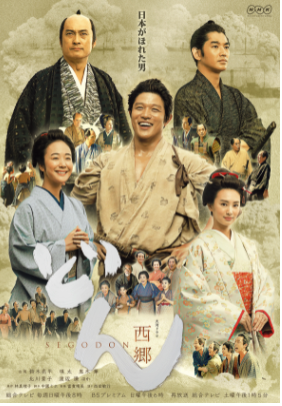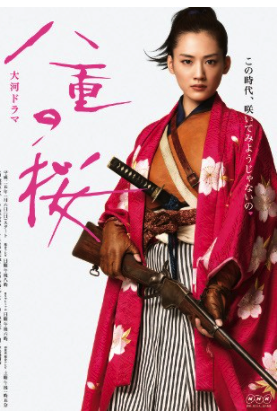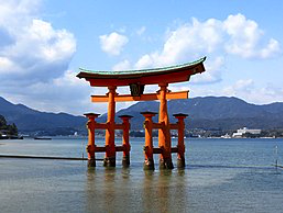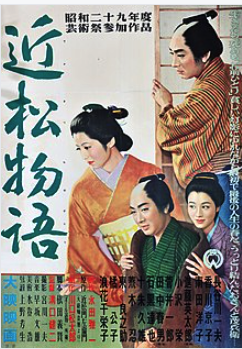
Mizoguchi Kenji
The earliest of the 3 great geniuses of the Japanese cinema and possibly to be compared to David Lean or even Merchant-Ivory in the sense that his later work and the work that made him famous was concerned with adapting some of the classics of Japanese culture and literature to the cinema, what were in effect period dramas with meticulous attention to detail. These would include The 47 Ronin (1941), Utamaru and his women (1946), The Life of Oharu (1952), Ugetsu (1953), Sansho the Bailiff (1954), Crucified Lovers (1954).
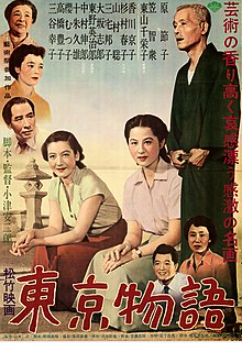
Ozu Jasujiro
The most original of the 3 great masters of the Japanese cinema. Ozu is known for his distinctive cinematic style including the “tatami shot”, the long take with minimal camera movement, and a transition shot which often involved shooting an exterior scene or building. Ozu’s best known post war films such as Late Spring (1949), Early Summer (1951), Late Autumn (1960) and above all Tokyo Story (1953), have a distinctive family resemblance, partly due to the focus of his movies and partly due to his use of a particular ensemble of actors that he used on a regular basis. Tokyo Story shares with Citizen Kane the distinction of being voted critics “Best Ever Movie” on a regular basis and it’s difficult to think of a greater contrast between the startling originality of Welles iconoclastic genius and Ozu’s quietly ruminative explorations of Japanese family life, which seem to eschew plot, melodrama, action and suspense and all the other staples of western film making.
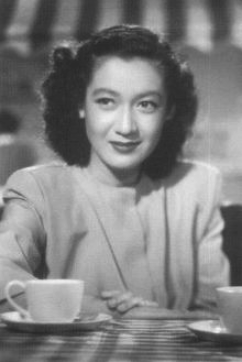
Hara Setsuko
One of the great actresses of the Japanese cinema and best known for her work with Ozu. Her role in Kurosawa’s “No Regrets for our Youth” made in 1946 makes a striking contrast with the more demure and introspective characters that she inhabited in her roles for Ozu in films such as Tokyo Story. She gave up acting on the death of Ozu in 1963, retired from public life, never married, and lived in quiet seclusion in Kamakura until her death in 2015 at the age of 95
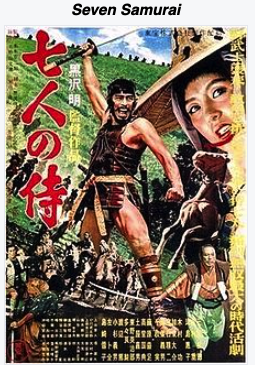
Kurosawa Akira
Together with Mizoguchi and Ozu, one of the 3 great creative geniuses of the Japanese cinema. Kurosawa is best known for his samurai epics, above all “Seven Samurai” of 1954, which so inspired Hollywood that it led to a series of straight copies of many of these movies, simply transposing early modern Japan to the American west. Kurosawa’s movies are certainly more dramatic in story and action than the rather more thoughtful epics of Mizoguchi and Ozu and also include social commentary on postwar Japan such as Stray Dog of 1949 (the first Japanese detective movie) or The Bad Sleep Well of 1959, which focussed on elite corruption in business & political circles.
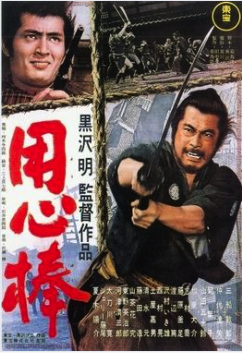
Mifune Toshira
The best known film actor of his generation outside of Japan and a mainstay of the films of Kurosawa. He made 16 films for Kurosawa between 1948 and 1965, including Drunken Angel, Stray Dog, Rashomon, Seven Samurai, The Hidden Fortress, High and Low, Throne of Blood, Sanjuro and Yojimbo. Most of these films are considered cinema classics.

Hirokazu Kore eda
One of the best known of modern Japanese film directors, winner of the Palme D’Or at Cannes in 2018 for “Shoplifters”, and possibly the one who most directly connects to the great directors of the past. He is most often compared to Yasujiro Ozu although he personally rejects the comparison – similarly to Ozu his films focus on the foibles and complexities of family relationships. Their contemplative structure and slow pace, so much of a contrast to the busyness of much of western cinema where action is everything, allows relationships to be teased out and explored as the film proceeds on its leisurely way. The emotional impact of films such as Nobody Knows 2005, Still Walking 2008, Like Father Like Son 2013 and Our Little Sister 2015 is all the greater because of the slow unravelling of the relationships at their core.
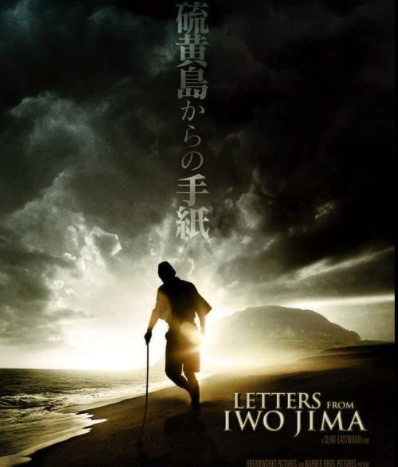
Letters from Iwo Jima
Made by Clint Eastwood in 2006, the film portrays the battle for Iwo Jima through the eyes of Japanese soldiers, sent to the island to die for their emperor. The film has an almost entirely Japanese cast and is based on real letters that were discovered by Japanese archaeologists on the island in recent years, written by the troops defending the island but never sent. “Flags of our Fathers” is the companion movie, which sees the battle through American eyes.
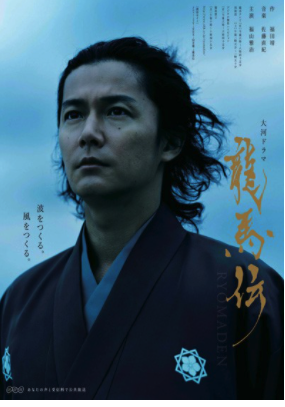
Taiga Drama
Historical dramas on NHK, Japan’s equivalent of the BBC. An annual event on Japanese TV that provide costume dramas on historical themes that tend to concentrate on either the early years of the Shogunate or the 19th century transformation in the mid 19th century – recent examples include the life stories of 2 of the heroes of the Meiji Restoration Saigo Takamori (Segodon) and Ryoma Sakamoto (Ryomaden) and the founders of Doshisa University in Kyoto (Yae no Sakura).
